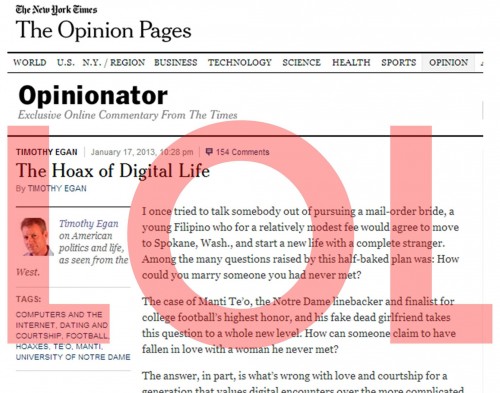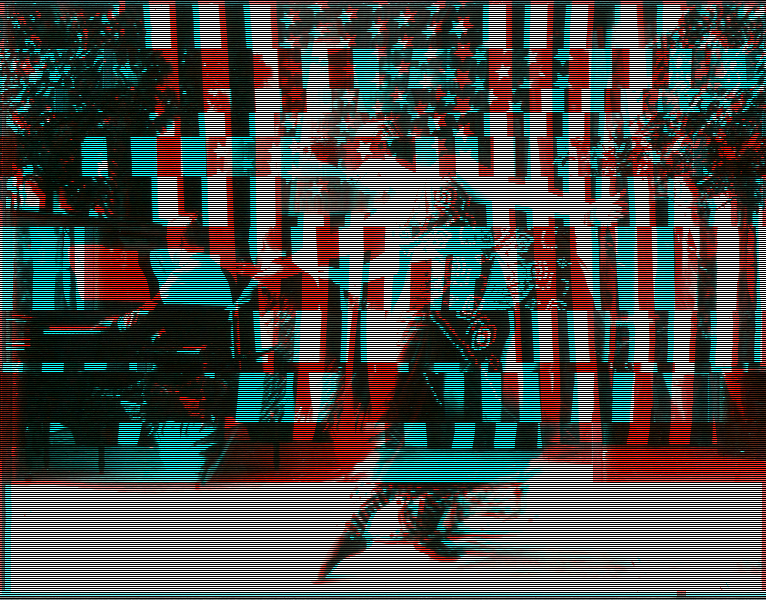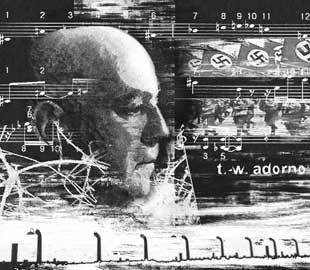 Is there a Dunbar’s Number for our documentary consciousness?
Is there a Dunbar’s Number for our documentary consciousness?
Dunbar argued that we can only keep up with about 150 people at a time, at which point we reach a cognitive saturation. Can this similar sort of saturation occur with the proliferation of ways we can document ourselves and others on social media? The ways someone holding a working smartphone can document experience grows not just with the number of sites one can post to, but also the number of available mediums of documentation: audio, video, photo, and their recombinations into things like GIFs and Vines whatever else I’m forgetting or will come next. Each new app carries with it a different audience with different expectations, adding to the documentary chaos.
Or: Given the proliferation of options, how should I document this cat? more...









